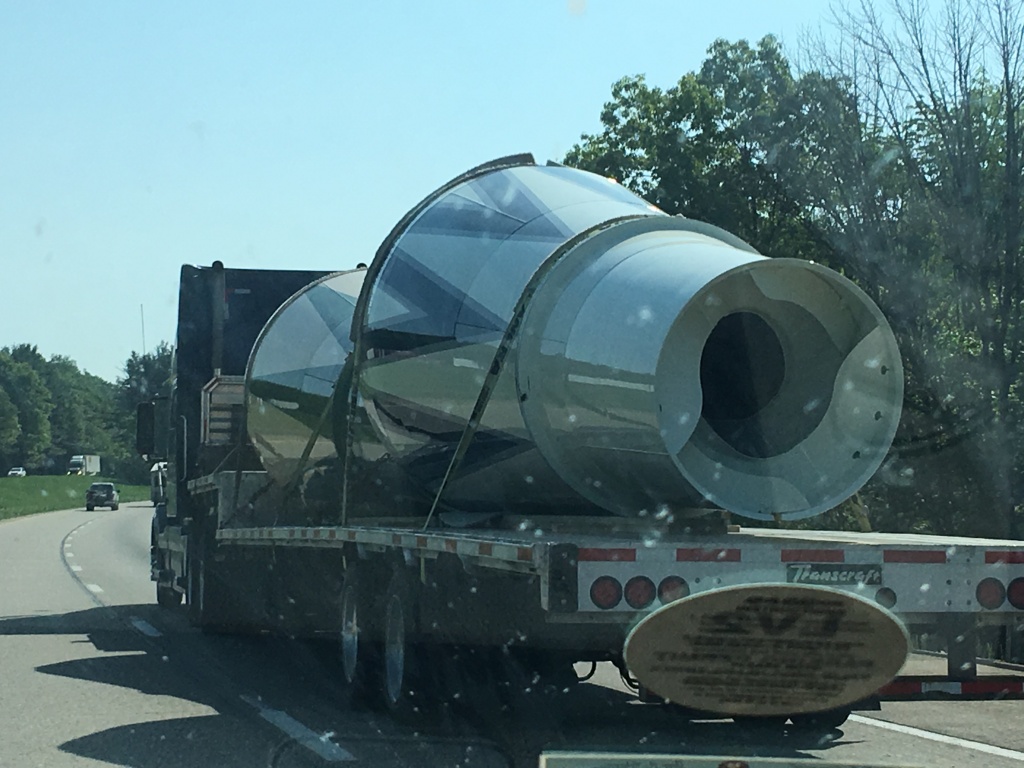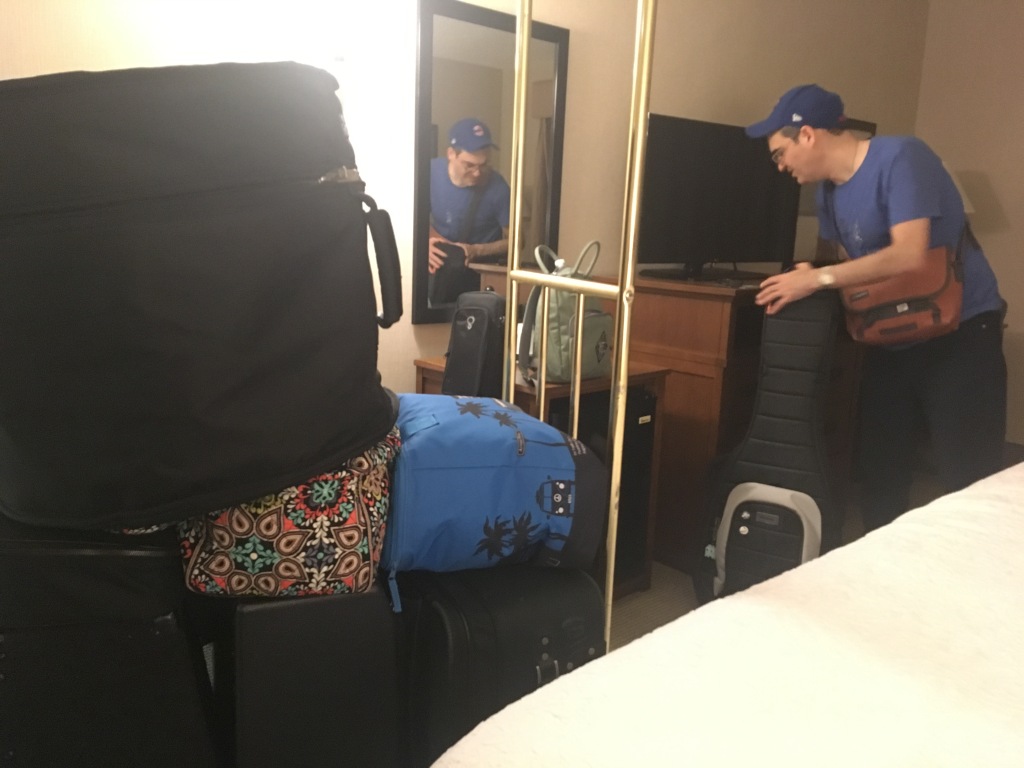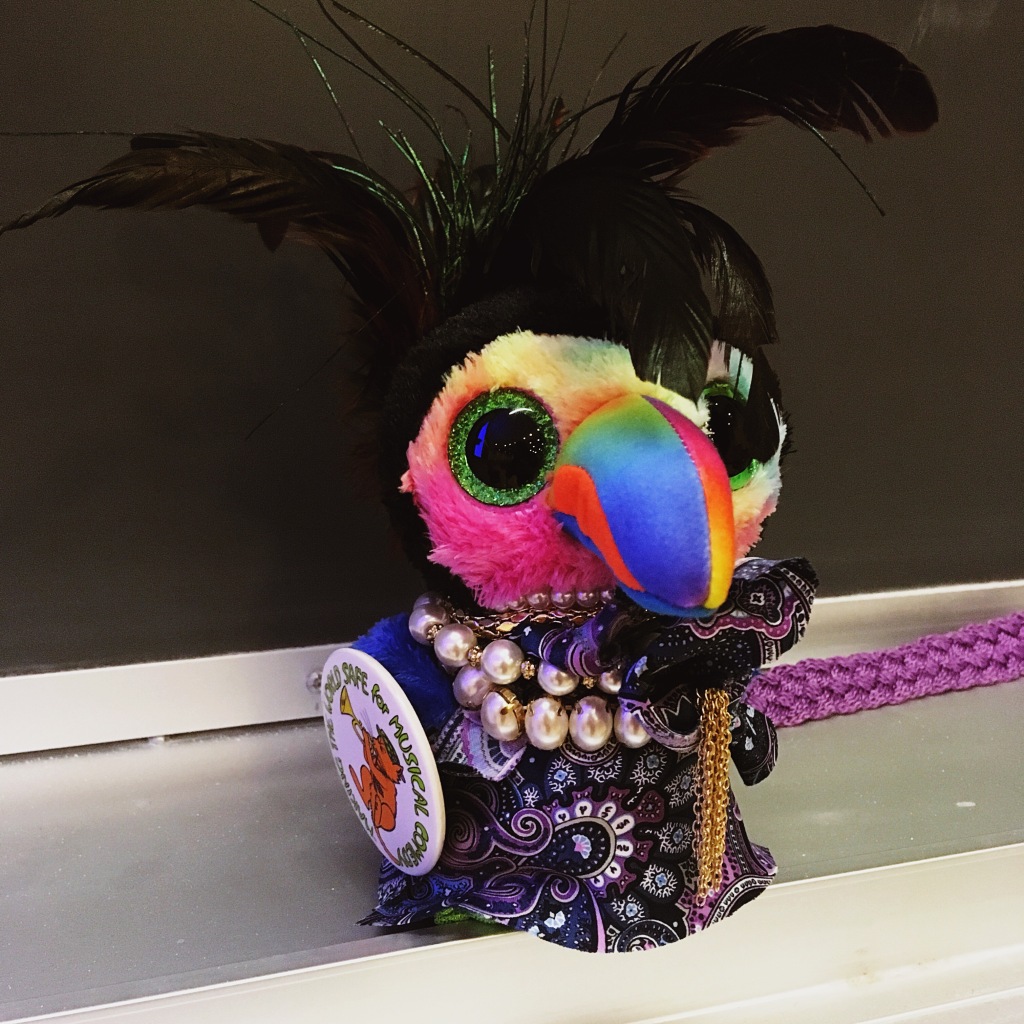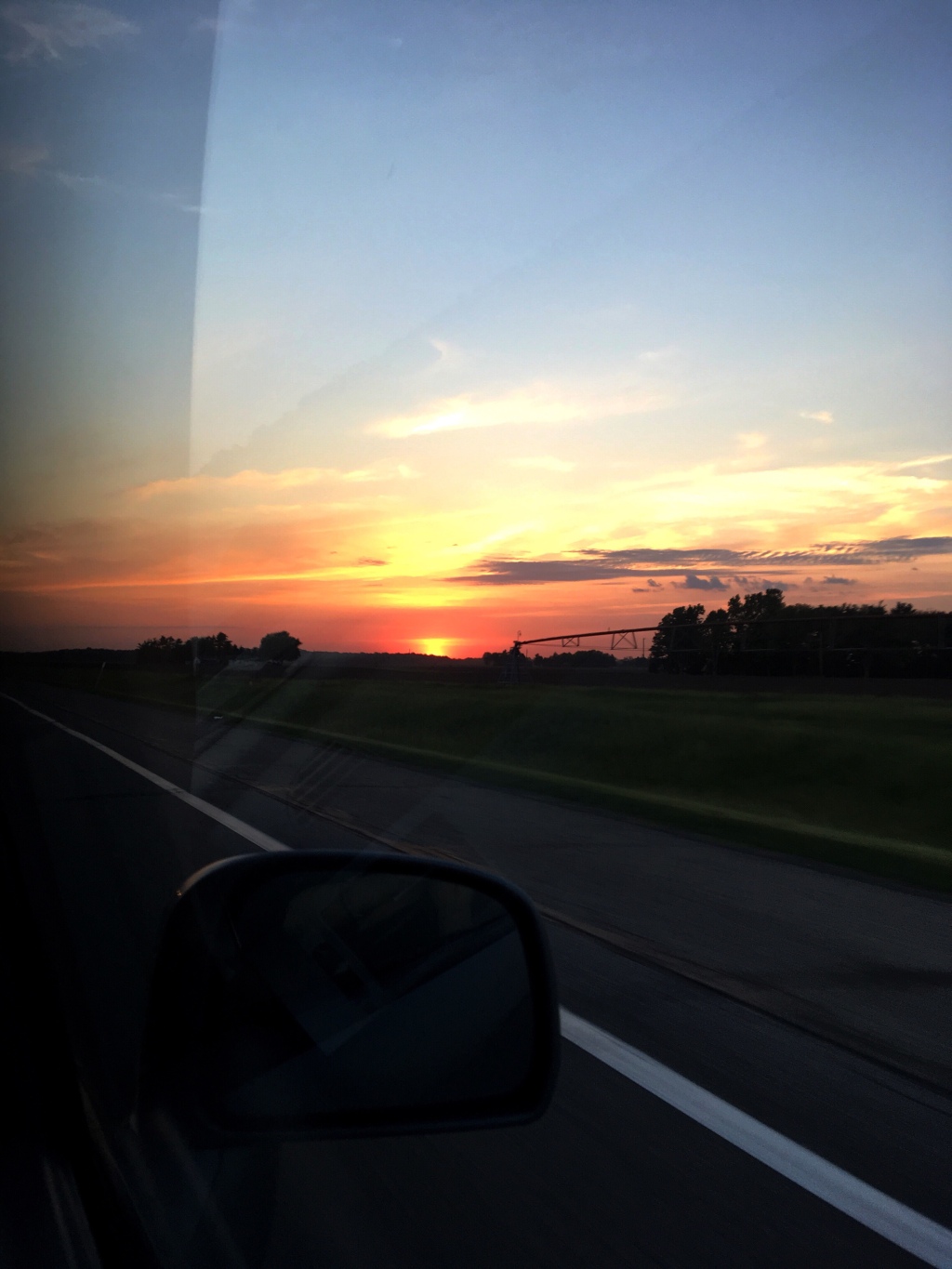Road trips are inherently circular, right? You go in one direction, and then, unless you’re moving somewhere permanently, you have to turn around and come back again. There’s the promise of the return even in the first seeds of the journey.
I’ve written before about how much I love driving, how much I love being out on the road on an adventure. So I hesitated before I started writing this, thinking, no one wants to hear me muse about road trips again. Unless something catastrophic or otherwise significant happens along the way, one road trip is pretty much exactly like another. Hearing about someone else’s road trip is like hearing about someone else’s dream. Boring, nonsensical, too personal to be relevant to anybody else, right?
But actually, hearing about someone else’s dreams is one of my favorite things in life! The previous night’s dreams are inevitably one of the first things that Brian and I discuss every morning! Our relationship is my dream diary, and our dream spaces even sometimes overlap in funny ways (like the night that he was dreaming about watching old Replacements videos on TV while I was dreaming about hearing a song on the radio and incorrectly guessing who wrote it before being informed, “actually, Paul Westerberg wrote it”).
So, yes, one road trip might be effectively exactly like another, and, may I suggest, that’s what makes them awesome? There’s the predictability of snacks, boredom, naps, rest stops, weather, traffic, maps, gas, companionable silence, beloved albums played on the stereo in their entirety…one road trip bleeds into another, memories are overlaid on top of present-moment experiences, plans for future road trips are made before the current one has ended…and these echoes even start to emerge in real time, recurring over several hours, or even days.
Like this flatbed truck carrying these strange metal cylinders.

On our recent drive from Chicago to Hanover, New Hampshire, we played leap-frog with it a handful of times as we barreled through eastern Ohio and western Pennsylvania, wondering aloud every time we saw it just what those things could possibly be. We stopped for the night at a hotel about an hour outside Scranton, and when we got back on the road early the next morning, we, unbelievably, passed the truck one more time. The circular logic of our shared dreamscape strikes again.

And it wasn’t just the flat-bed truck carrying precious (if obscure) cargo, either. We were driving, instead of flying, specifically so that we could bring the guitars and amps and pedals we used to create Music for Qodèxx to the 2018 Illustration, Comics, and Animation Conference at Dartmouth College. We would be both playing the music and giving a short presentation about our collaboration with Gene Kannenberg Jr, the author of Qodèxx, the abstract graphic novella. We’ve “toured” to play music before, but with minimal gear that was easy enough to take on a plane, never the kind of production with such specific technical requirements that it necessitated several days on the road just to ferry the instruments to the venue. But the sound of Qodèxx just wouldn’t be the same in any kind of stripped down configuration, so we gleefully loaded everything into our car, and then loaded it in and out of our hotels along the way, ever-diligent against theft and fluctuating temperatures.
We were diligent against boredom, too. Aware that the idea of playing a 20-minute mini-rock opera in the context of an academic conference was in itself completely ridiculous, we knew this wasn’t a time to back down from the very premise on which our presence there was predicated. If we were going to do this thing, we were going to do this thing.

Avant-garde performance artist and filmmaker Jack Smith has long been one of Brian’s heroes, and we’d looked to his writing, performances, and life as inspiration for what we’ve been calling the “Qodèxx Happening.” One of Smith’s recurring images in his photography and live performances throughout the mid to late ‘70s was Yolanda la Pinguina/Inez the Penguin, and we, with abundant affection, couldn’t resist creating and bringing along our own stuffed tribute.
As J. Hoberman notes in the museum catalog Rituals of Rented Island: Object Theater, Loft Performance, and the New Psychodrama—Manhattan, 1970-1980, the site-specific performance artworks that figures like Adrian Piper, Laurie Anderson, and Jack Smith created in New York during this era “left not artifacts but traces. The work exists as fragile recordings, random documents, impressionistic descriptions, art-world legends, and spectator memories; and, in some cases, not even those.” Not artifacts but traces—this is dreamlife in a nutshell. Pulling even a scrap, a reconstructed scrap at that, from the river of time back into being was a way for us to not just pay tribute to beloved artists who have gone before us but to circle back around to a destination that we’d remembered, even if we’d never visited it before.
